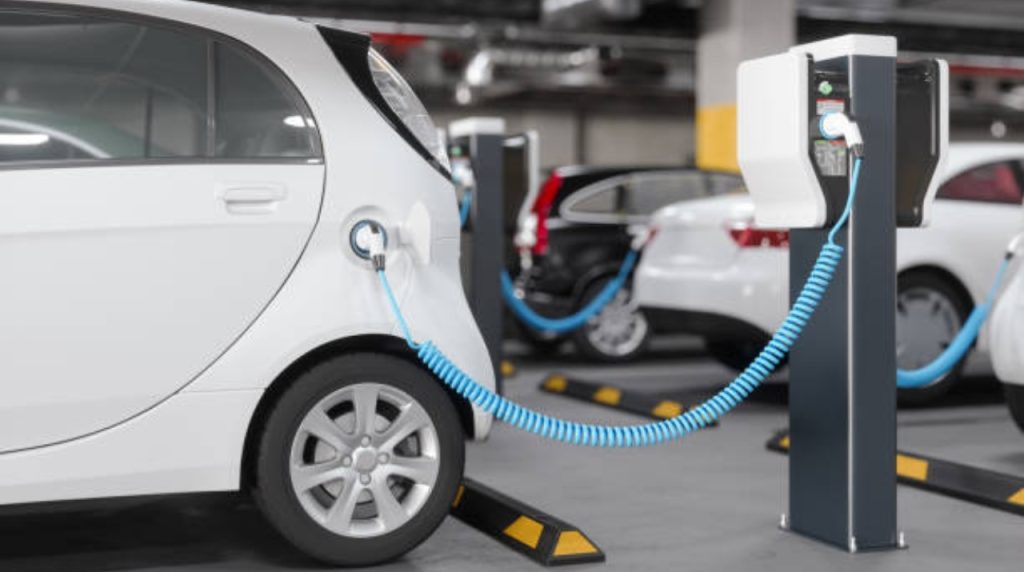By the end of 2023, the Dominican Republic had some 17,542 electric vehicle units, according to the import records of the General Directorate of Customs.
In a report by Diario Libre, experts in the field pointed out that the reality that slows down electric mobility is the lack of knowledge of the population about this transportation alternative and the high acquisition cost it represents for drivers.
Edwin Martínez, President of the Dominican Association of Electric Mobility (Asomoedo), highlights that, although there are issues at the state level that can be improved to favor the massification of sustainable mobility proposals, the main gap to be overcome is the lack of information.
“There are so many virtues and benefits behind it (electric mobility) that, I reiterate: the biggest obstacle is in the consumer’s decision,” he says in the Diario Libre article.

Purchasing Capacity
Oscar San Martin, General Manager of the transportation company Evergo Holdings, told Diario Libre that costs continue to be a problem for end consumers.
“Although more affordable and competitive brands are entering the market, the most recognized and reliable models continue to be priced significantly higher than combustion vehicles, which continues to be a barrier for many potential buyers,” he explained.
San Martin detailed that, despite Law 103-13 offering a 50% reduction in import taxes and the first license plate for electric vehicles, sales taxes and other costs associated with this process remain high, limiting the real benefit to the buyer.
For example, a 2017 electric sedan, new, four-cylinder and with a maximum speed of 178 kilometers per hour, can cost 1,008,900 pesos in the local market; in contrast, a combustion car with those same conditions would cost around 745,000 pesos.
The National Strategic Plan for Electric Mobility establishes a series of goals to boost the sector and reduce dependence on combustion vehicles.
These purposes are grouped in four axes that concentrate the aspirations of the legal order governing the matter and the actions to promote the adoption of the electric vehicle fleet and attract investments in the charging infrastructure.
In the case of the penetration of these vehicles in the market, the plan is deployed in two ambitious key phases with objectives for the next six and 26 years.







